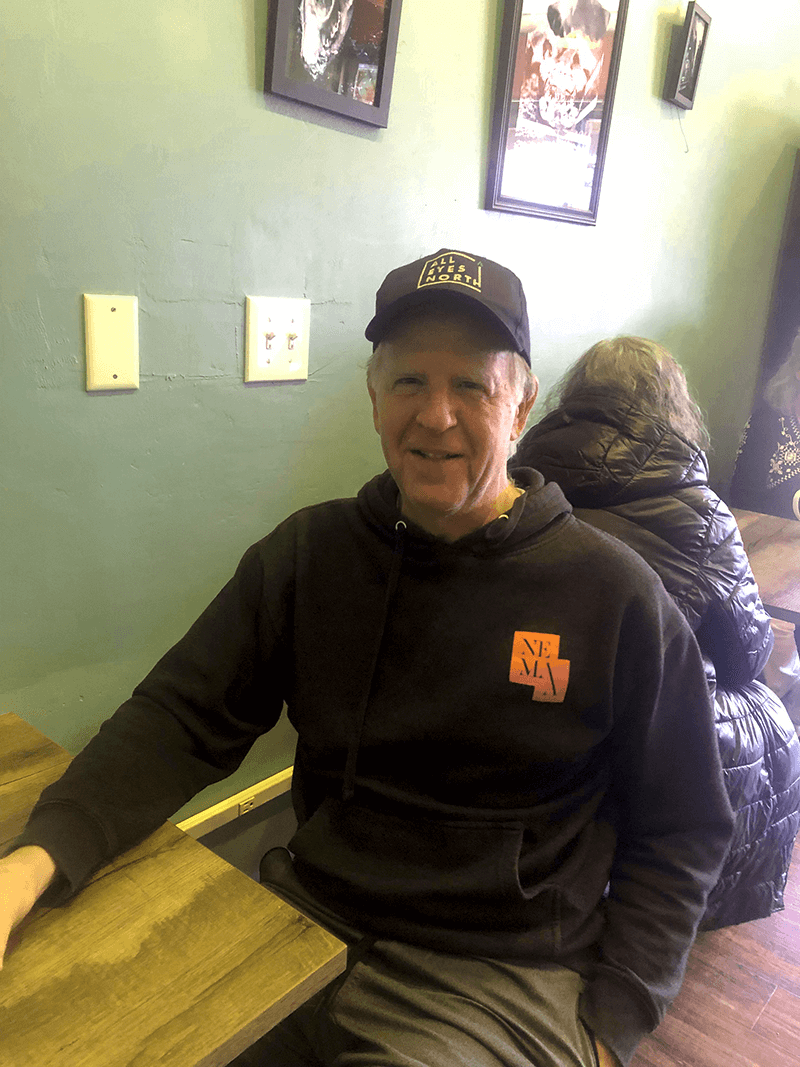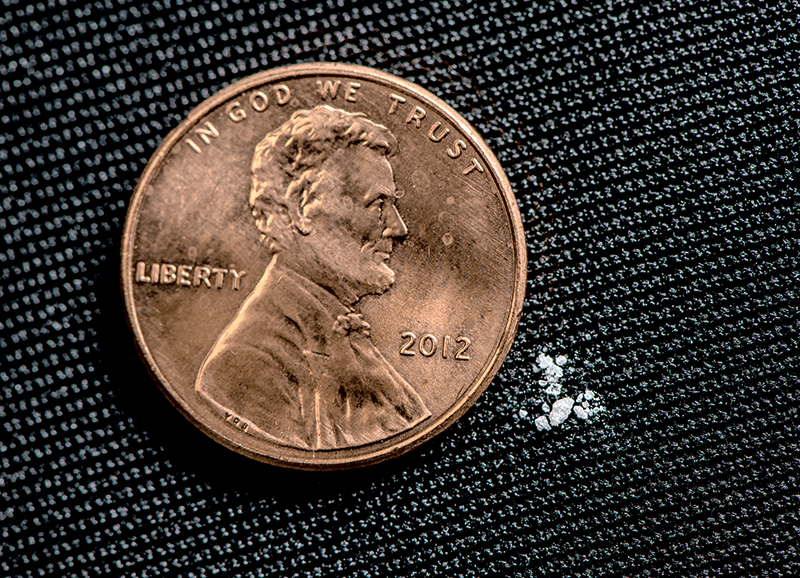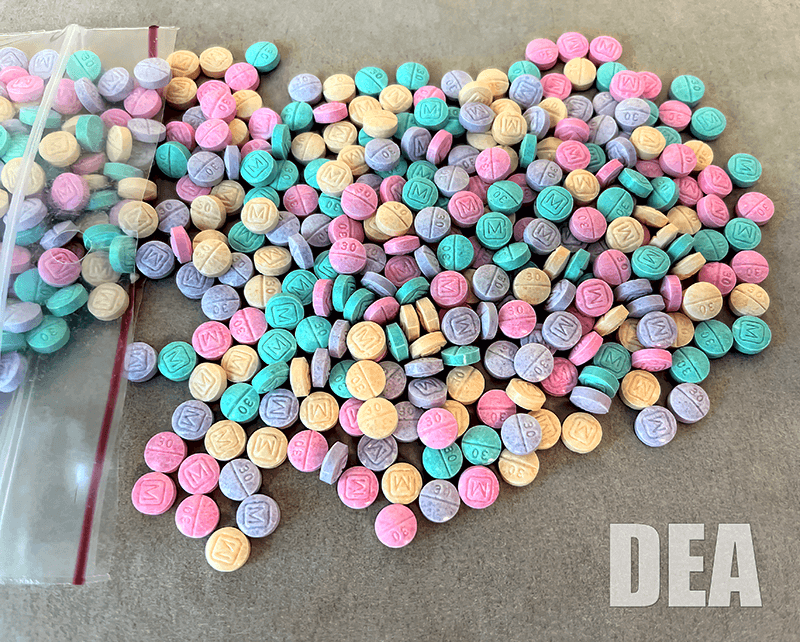Paul Ostrow has campaigned for several things — stints as a Minneapolis City Council Member representing Ward 1, and as assistant Anoka County attorney. Now, in retirement, he’s campaigning against something — the rising use and subsequent deaths caused by the synthetic drug fentanyl.
The Windom Park resident and treasurer of Fentanyl Free Communities said he first became aware of fentanyl when he worked in Anoka County. As a prosecutor and the primary contact with the Anoka-Hennepin Drug Task Force, he saw the rise of fentanyl use first hand.
It began with methamphetamine and Mexican drug cartels. “We used to prosecute for possession of meth in ounces, but it soon turned to pounds,” Ostrow said. “The cartels were using 35W as a major hub, and we were netting 10 to 20 lbs. during an arrest.”
A problem on the East and West Coasts for years, fentanyl began showing up as counterfeit oxycodone pills in the Twin Cities six or seven years ago, Ostrow said. “They create a pill that looks exactly like oxycodone,” he said. “They’re cheap to make and they can stamp them just like a prescription pill.” He said fake Xanax is another look-alike.
An article in the Jan. 5, 2024 Star Tribune reported a fentanyl bust of 280,000 pills with a street value of more than $2.2 million. They came into the state inside stuffed animals mailed from Arizona.
Making fentanyl is cheap, and large amounts of meth and cocaine are laced with fentanyl.
One of the problems with the fake drugs is inexact dosages. “Making counterfeit pills is like making chocolate chip cookies,” Ostrow said. “One cookie might have only one chocolate chip in it, another might have 16. Seventy percent of cocaine pills are potentially lethal.
“A lot of people use cocaine and meth recreationally,” he continued. “You’re risking your life, not knowing they have fentanyl in them. One pill can kill you.”
Approximately 1,000 to 2,000 Minnesotans die from a fentanyl overdose each year. That’s about five people every day. Fentanyl Free Communities wants to build awareness of fentanyl and its risks — particularly among young people between the ages of 15 and 25. They’re starting a “Pause” campaign, similar to hitting the pause button on a video, urging people to pause and take a look at what they’re doing before using a drug that may be laced with fentanyl.
The organization’s board of directors includes some heavy hitters from the law enforcement community, including former Minneapolis Police Chief Medario Arradondo (“Rondo”), former Hennepin County Attorney Mike Freeman and former U. S. assistant attorney Thomas Heffelfinger. The three women on the board — Chair Michele Hein, Michelle Loberg and Suzanne Nash — have all lost children to fentanyl overdoses.
They hope to build a coalition of city, county and state agencies to take a comprehensive approach to combating fentanyl use, providing Narcan and making possession of fentanyl as punishable as heroin possession. Narcan, the brand name of naloxone, attaches to the same brain receptors that opioids use and can rapidly reverse an opioid overdose. Their “big-picture” approach includes working with youth groups.
Fentanyl Free Communities Foundation will host “A Night to Pause” gala at Southview Country Club, 239 Mendota Road East, West St. Paul, May 17, 6-9 pm. Speakers include Rep. Angie Craig and Hennepin County Sheriff Dawanna Witt. Tickets are $150, available at https://fentanylfreecommunities.org/rsvp.

Top right, Paul Ostrow has exchanged his suit and tie for a baseball cap and hoodie, but he’s still in the fight against drugs. (Cynthia Sowden)

Top left, a lethal dose of fentanyl. (DEA.gov)

Fentanyl is encountered either as a powder or in fake tablets as seen here (DEA.Gov)